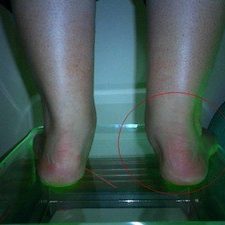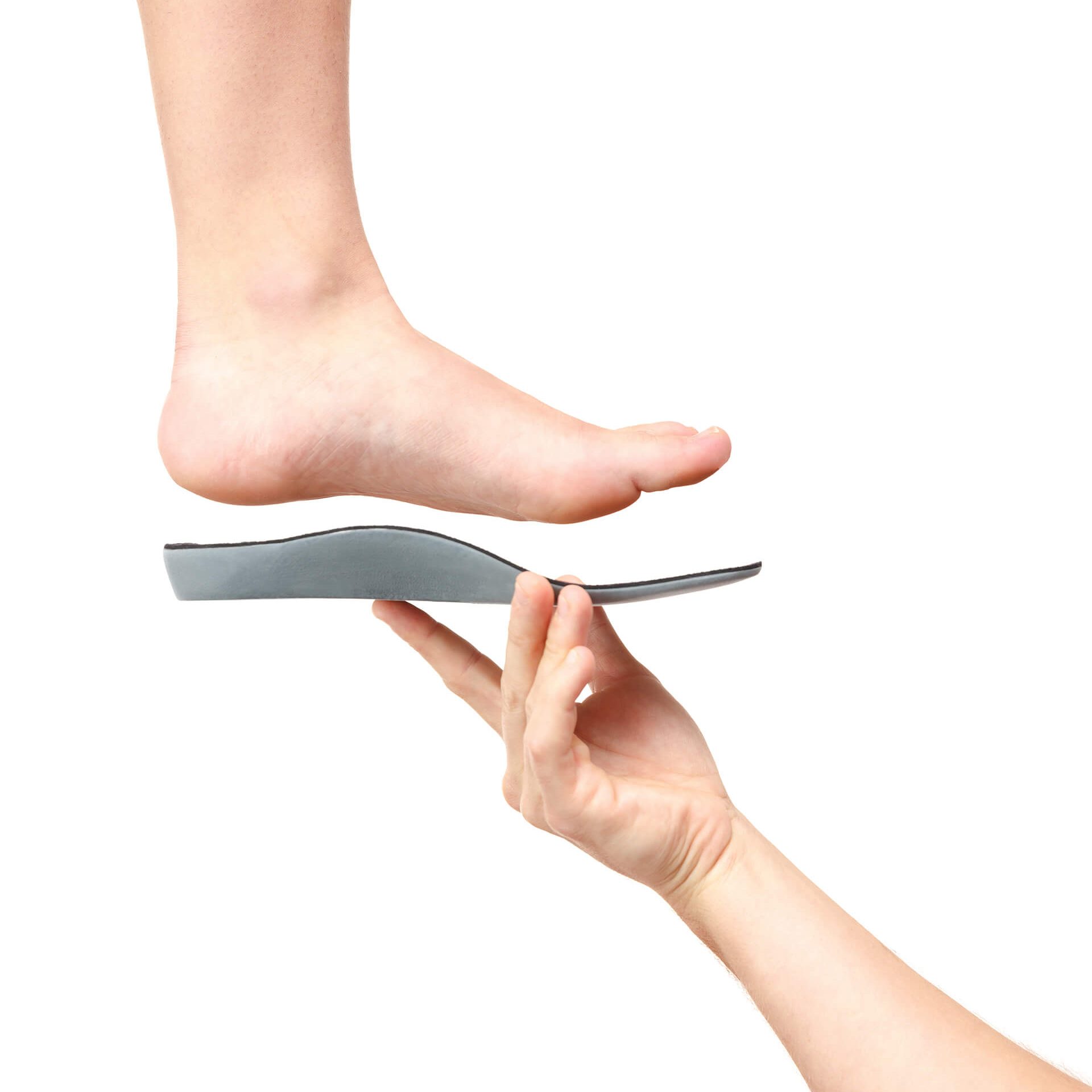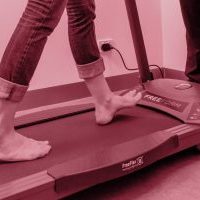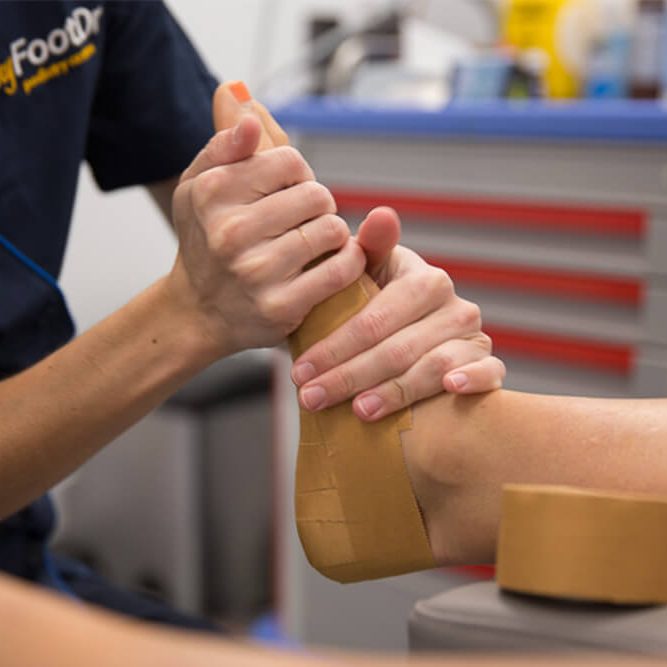Posterior Tibial Tendon Dysfunction
Posterior tibial tendon dysfunction (PTTD) is the term used when the tibialis posterior tendon is unable to perform its usual function. This most commonly occurs due to an injury with subsequent inflammation and/or overstretching of the posterior tibial tendon in the foot. The posterior tibial tendon is a fibrous cord that extends distally from the tibialis posterior muscle in the leg. It descends down the leg and runs along the inside of the ankle, down the side of the foot and into the arch.

Causes:
This tendon serves as one of the major supporting structures of the foot and helps the foot to function while walking. In PTTD the tendon’s ability to perform that job is impaired, often resulting in a flattening of the foot. This condition has also been referred to as adult acquired flat foot (AAFF), is recognition that once the posterior tibial tendon has lengthened, other static and dynamic supporters of the foot are also strained and damaged (including the spring ligament, plantar fascia and plantar tarsal ligaments) resulting the flat foot.
Symptoms:
- Pain, tenderness or swelling on the inside of the shin, ankle or foot
- Flattening of the medial longitudinal arch of the foot
- Tibialis posterior aching and muscle fatigue

PTTD is often referred to as a progressive condition meaning that the symptoms change the longer the condition is present. For example:
- When PTTD initially develops, typically there is pain on the inside of the foot and ankle (along the course of the tendon). In addition, the area may be red, warm, and swollen.
- Later, as the arch begins to flatten, there may still be pain on the inside of the foot and ankle. But at this point, the foot and toes begin to turn outward and the ankle rolls inward.
- As PTTD becomes more advanced, the arch flattens even more and the pain often shifts to the outside of the foot, below the ankle. The condition may progress to a point where the tendon may tear completely.
With appropriate and rapid care management the progression of this condition can be slowed considerably or in some cases even ceased. Depending on the stage and acuteness of the presenting case, care management can vary but will include one of more of the below:
- Short-term immobilisation is often beneficial
- Orthotic devices
- Above ankle articulation braces
- Shoe recommendations and modifications
- Physical therapy
- Medications
- Surgery if indicated





